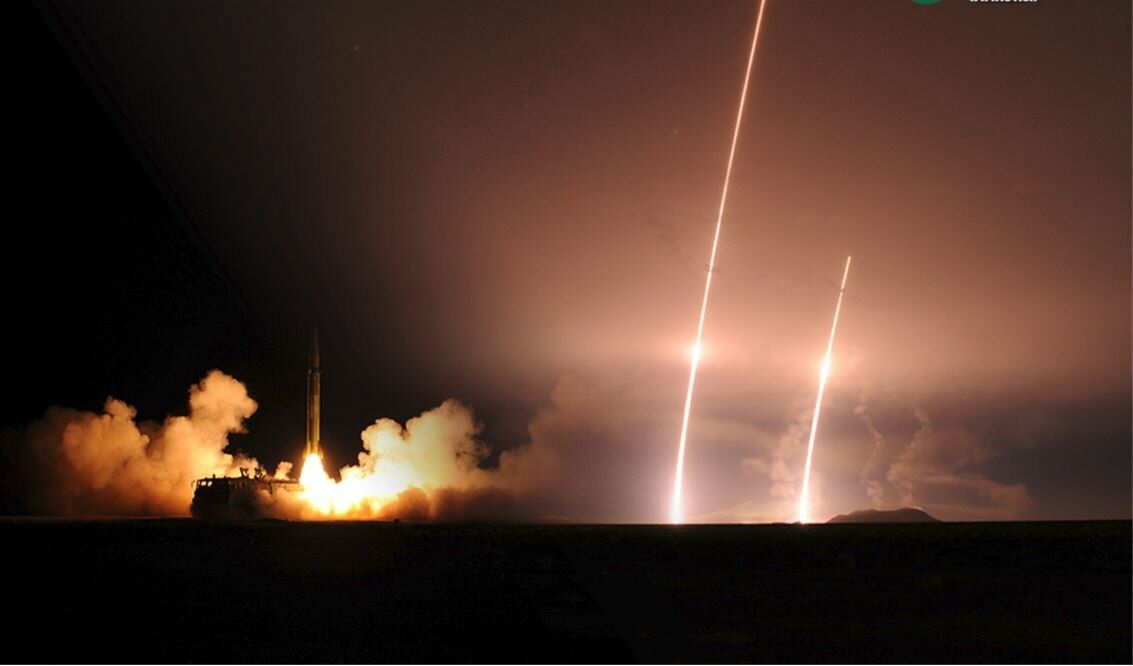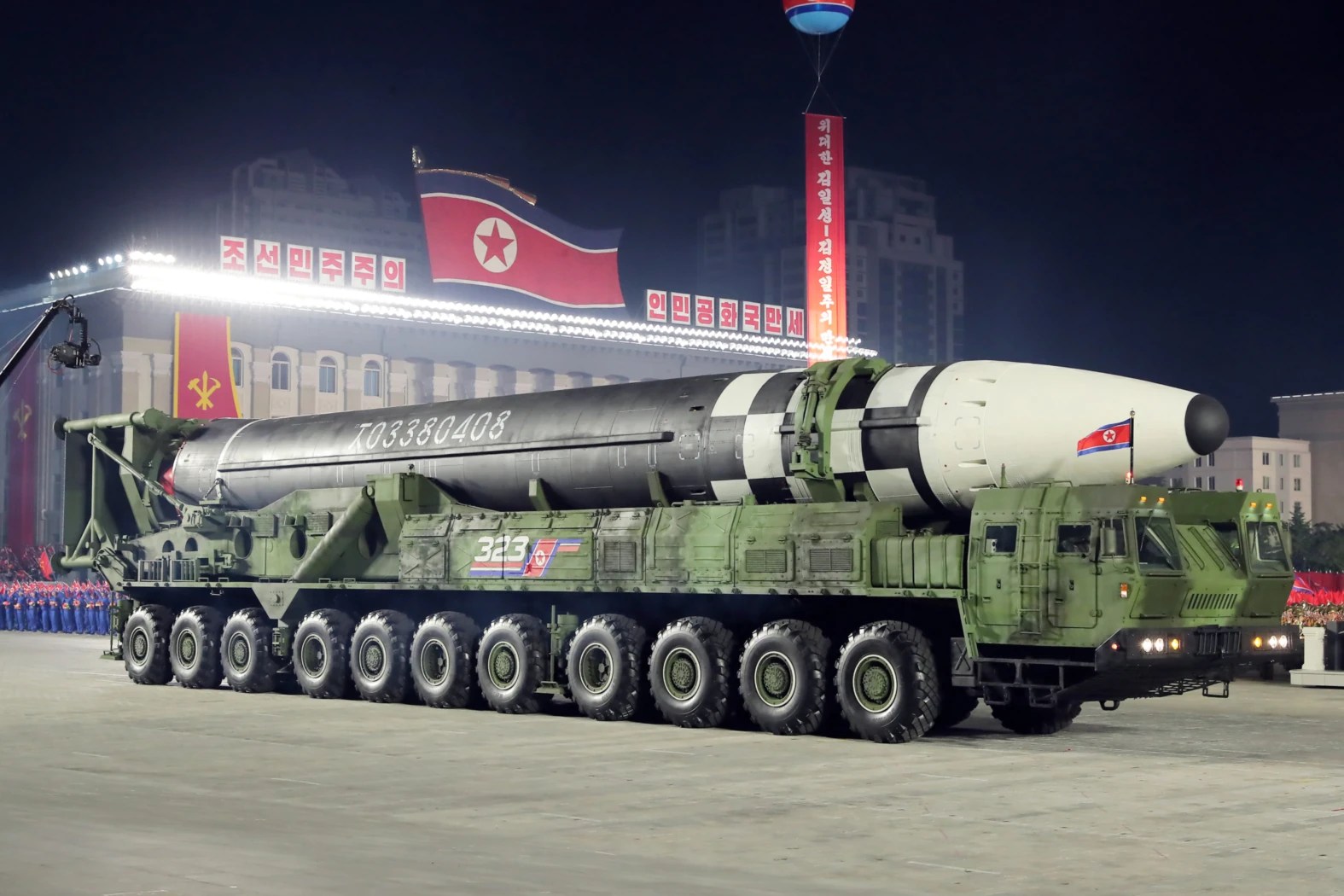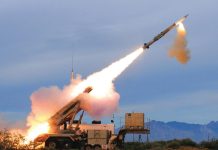The Chinese government is exploring options for the deployment of rail-borne inter-continental ballistic missiles (ICBM) and high-speed rail is being considered as a potential launch platform for nuclear strikes after a new study by Chinese researchers suggested it was more suitable than previously thought.
Boosting NORAD – Canadian Defense Chief Briefs The US On F-35 Fighter Purchase, Joint Air Command Modernization
Yin Zihong, associate professor of civil engineering with Southwest Jiaotong University in Chengdu, Sichuan province, is leading the team of scientists on the national research project funded by the central government.
Yin and his colleagues’ findings published last week suggest that in certain cases, a high-speed railway could perform better than a heavy-duty industrial railway, which was generally considered more suitable for the job.
“Compared with heavy-haul railways, high-speed railways operate faster and more smoothly. This means that on high-speed rails, the mobility, safety and concealment of military vehicles would be greater,” said the researchers.

Powerful Shock Wave
A normal railway uses ballast, such as small rocks and gravel, to absorb shocks. A heavy haul line built to transport ore and coal requires more ballast.
According to a study in 2020 by Yin’s team, an ICBM launch would produce a powerful shock wave that could go as deep as 8 meters (26 feet) underground, far beyond the thickness of most rail lines’ base structure and even heavy-duty rail would need a better fortified underlying structure to survive the launch.
The high-speed trains in China travel up to 350km/h (217mph). They are slim having up to 16 carriages with each weighing about 60 tonnes.
Yin and his colleagues simulated the operation of a high-speed rail launch system by using data from previous test launches conducted by the Chinese military and computer modeling.
Their study said it would not be necessary to provide extra strength for a high-speed railway as its rails are laid and fixed on concrete with no need for ballast as a buffer zone.
A Beijing-based rail engineering researcher who asked not to be named said that the conclusion should not come as a total surprise because the extremely high operational speed needs the rail line to have foundations much stronger than ordinary rail.
The publicly available information suggests that the supporting structure of some high-speed railway foundations in China is as deep as 60 meters.
The simulation of the researchers showed that most of the disturbances caused by firing off a missile would be limited to shallow areas of the rail infrastructure, where damage was more easily detected and repaired.

Some Dangers Exist
However, researchers cautioned that some extremely low-frequency vibrations produced by the launcher could pose a risk to surface components, such as the rail and concrete slab.
According to Yin, a modern ICBM fitted inside a carriage when blasting off, its weight would generate thrust 2-4 times the maximum load-bearing capacity of the train and while a high-speed train can be modified to withstand a launch, the stress caused would primarily pass down to the rail and its foundations, thereby damaging the infrastructure and rendering it unsafe and unusable.
According to military experts, a rail-borne ICBM launch system has a higher likelihood of surviving the first wave of nuclear attack compared to other land-based systems, such as silos and trucks. Also, according to some estimates, a train could carry as many missiles as a nuclear submarine.

That said, it remains unclear if or when the Chinese military would deploy a nuclear launch platform based on high-speed rail.
In 2016, China tested the tube launch system for the rail-mobile version of its DF-41 ICBM. The test involved a ‘cold launch’ of a DF-41 from a canister with a gas charge without the engine of the missile being ignited.
Decades-Old Concept
The concept of railway mobile nukes goes back several decades. In the 1980s, the Soviet Union became the first power to acquire the operational capability of a train-based ballistic missile launch system by developing the RT-23 Molodets ICBM that could fit inside a standard train wagon.
The missile was 2.4-meters in diameter and used solid fuel for relatively rapid launch, and could strike targets at a range of 6,800 miles. It was packed with ten 550-kiloton nuclear warheads which separated to hit different targets on re-entry.
Of late, the US’ global missile defense system and Conventional prompt global strike (C-PGS) program of hypersonic missiles have prompted countries like Russia, China and North Korea to diversify and add to the mobility and flexibility of their nuclear deterrent forces.
In 2012, Russia began developing a successor to the RT-23 called the RS-27 that would use a much lighter RS-24 Yars missile weighing only 54 tons and carrying only 4 nuclear warheads. Less weight would allow the system to use standard train wagons with regular wheels and mount 6 ballistic missiles instead.

The Yars is claimed to travel at 20 times the speed of sound and perform evasive maneuvers and deploy decoys to evade ballistic missile interceptors. However, due to international sanctions following Russia’s annexation of Crimea and dwindling oil prices the work on RS-27 had to be stopped.
In January, North Korea test-launched its KN-23 short-range ballistic missiles (SRBM) from a rail car. This was a second test after September 2021 when Pyongyang for the first time demonstrated the capability to launch SRBMs from a rail-borne launcher.
- Written by Tanmay Kadam/EurAsian Times Desk
- Contact the author at etdesk@eurasiantimes.com
- Follow EurAsian Times on Google News




